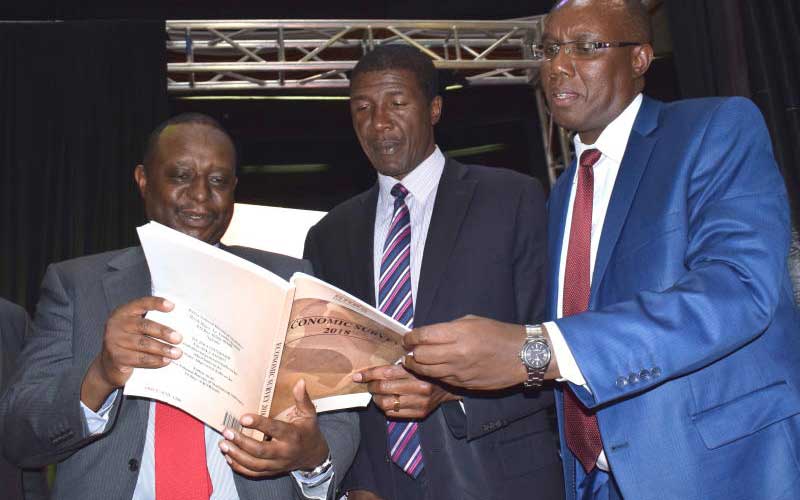×
The Standard e-Paper
Join Thousands Daily

From left: Treasury CS Henry Rotich, Kenya National Bureau of Statistics Chief Administrative Secretary Nelson Gaichuhie and Director General Zachary Mwangi peruse the 2018 Economic Survey report during its launch at the KICC last week. [David Gichuru, Standard]
Nearly one-third of public university campuses closed last year partly due to failure to meet accreditation requirements, according to the Economic Survey 2019 released by Kenya National Bureau of Statistics (KNBS) last Thursday.